Sanibel Fishing Charters, April 10, 2021: Goliath Grouper, Catch & Release!
Red Tide/Algae & Daily Salt Water Quality Update Here.
Blue-Green Algae & Daily Fresh Water Quality Update Here.
Captiva Fishing: Please Click For Rates & To Book A Captiva Fishing Charter Or Call 239-472-8658.




Sanibel Island Fishing Charters, April 10, 2021.
Please Click To Rent Homes Direct From Captiva Homeowners; No VRBO Booking Fees.

Vote Water For Florida’s Future!
Captiva Fishing Guide Report: April 10, 2021: Goliath Grouper Fishing, Captain Joe’s Charters – the weather is great – no significant Red Tide presence, and a lot of good fish in the gulf, bay, and passes; Sharks, Redfish, Spanish Mackerel, Snook, and Seatrout are currently present.
Redfish & snook are regulated as catch & release at this time.
Already seeing some positive impact. Some very nice big redfish and big snook around. Trout are also coming back.
The Caloosahatchee freshwater releases are also not an issue right now, but still a huge long-term problem.
Extremely frustrating. We need wholesale changes in the Florida state government. It is not a Republican or Democrat issue – it is a Big Sugar control everyone issue. It is stunning how we continue to let the sugar industry and the agriculture north of Lake Okeechobee to damage the water and all of Florida.
Please click here to Book A Charter or call 239-472-8658.
We’re located in Castaways Marina, Santiva, Sanibel Island, just before the Blind Pass bridge to Captiva Island.

“The Atlantic goliath grouper or itajara (Epinephelus itajara), is a large saltwater fish of the grouper family found primarily in shallow tropical waters among coral and artificial reefs at depths from 5 to 50 m (16 to 164 ft). Its range includes the Florida Keys in the US, the Bahamas, most of the Caribbean and most of the Brazilian coast. On some occasions, it is caught off the coasts of the US states of New England off Maine and Massachusetts. In the eastern Atlantic Ocean, it occurs from the Congo to Senegal.
Young Atlantic goliath grouper may live in brackish estuaries, oyster beds, canals, and mangrove swamps, which is unusual behavior among groupers.

They may reach extremely large sizes, growing to lengths up to 2.5 m (8.2 ft) and can weigh as much as 360 kg (790 lb). The world record for a hook-and-line-captured specimen is 308.44 kg (680.0 lb), caught off Fernandina Beach, Florida, in 1961.[2] They are usually around 180 kg (400 lb) when mature. Considered of fine food quality, Atlantic goliath grouper were a highly sought-after quarry for fishermen. It is a relatively easy prey for spear fishermen because of the grouper’s inquisitive and generally fearless nature. They also tend to spawn in large aggregations, returning annually to the same locations. This makes them particularly vulnerable to mass harvesting while breeding.
It is a relatively easy prey for spear fishermen because of the grouper’s inquisitive and generally fearless nature. They also tend to spawn in large aggregations, returning annually to the same locations. This makes them particularly vulnerable to mass harvesting while breeding.[3]

Until a harvest ban was placed on the species, its population was in rapid decline. The fish is entirely protected from harvest and is recognized as a critically endangered species by the IUCN.[1] The US began protection in 1990, and the Caribbean in 1993. The species’ population has been recovering since the ban; with the fish’s slow growth rate, however, some time will be needed for populations to return to their previous levels.
Goliath grouper eat crustaceans, other fish, octopodes, young sea turtles, sharks, and barracudas. They are known to attack divers and have even been seen attacking large lemon sharks.[citation needed]

Goliath groupers are believed to be protogynous hermaphrodites, which refer to organisms that are born female and at some point in their lifespans change sex to male. Most grouper follow this pattern, but this has not yet been verified for the goliath.[4] Males can be sexually mature at about 115 centimeters (45 in), and ages 4–6 years. Females mature around 125 centimeters (49 in), and about 6–8 years.[5]
In May 2015, the Atlantic goliath grouper was successfully bred in captivity for the first time.[6][7][8]
The Atlantic goliath grouper has been referred to as the jewfish. The name’s origin is unclear and may have referred to the flesh having a “clean” taste comparable to kosher food, been an insulting suggestion that the fish provided low-quality meat and was “only fit for Jews”, or that the word was simply a corruption of jawfish.[10] In 2001, the American Fisheries Society stopped using the term because of concerns that it was culturally insensitive.[10] More background here.

The Atlantic goliath grouper, like most groupers, is an ambush predator and eats fairly large fishes and invertebrates and even small sharks. Reefs with large numbers of predators, like Atlantic goliath groupers, are known to be healthier than reefs with no predators, so this species may represent an important part of the reef food web.
Atlantic goliath groupers feed by swallowing their prey whole; they do not chew. They use their very large mouths to create enough negative pressure to suck in whole fishes or large invertebrates, and they swallow them quickly and efficiently.

Throughout most of the year, low numbers of Atlantic goliath groupers are observed in any one place. They are at the top of their food web and are therefore naturally rare. However, during reproduction (immediately after the full moons between June and December), they come together in groups of at least 100 individuals. These groups are known as spawning aggregations, and they form at relatively few places throughout the species’ range. Individual Atlantic goliath grouper likely travel many miles to reach their preferred spawning sites and form part of the spawning aggregation.
At these sites, the groupers reproduce by a method known as broadcast spawning, where females release eggs and several males release sperm into the water column above deep reefs all at the same time. This method increases the likelihood that eggs will become successfully fertilized and that fertilized eggs will not be eaten by egg predators on the reef surface.

Though they were likely naturally rare, scientists believe that destructive fishing practices have reduced the numbers of Atlantic goliath groupers by at least 80% and that the species is now critically endangered. In other words, it is very highly vulnerable to extinction.
These fish utilize the same, few locations and same, few days for spawning every year, so their presence is quite predictable. Furthermore, a total lack of fear of people makes them an easy target for spear fishers. Finally, the Atlantic goliath grouper’s large size, slow growth, and ease of capture all contribute to slow its recovery, even where laws have been put in place to give it some or complete legal protection from fishing (e.g., in the USA and Brazil). It is important to continue to monitor Atlantic goliath grouper population trends in order to determine whether or not the species is recovering or if stronger legal protection may be required.

A note on a closely related species: the Atlantic goliath grouper lives on both sides of the Atlantic Ocean – in the Caribbean Sea and adjacent waters and off the west coast of Africa.
A closely related species, the Pacific Goliath Grouper, is restricted to the eastern tropical Pacific Ocean from Mexico to Peru. Scientists only recently divided the species into two, based on their slightly different genetic makeup. The two species are similar in both appearance and behavior, but little is known about the population trends or conservation status of the Pacific goliath grouper. More background here.

We’re big advocates of catch and release, particularly for snook, but pretty much for most species. Only take what you are going to eat, and a lot of fish are better off as sportfish, even if they are in season. Our motto is let ‘em get bigger and catch ‘em again!
Please click calendar at upper right or call 239-472-8658 to book a charter.
Whether you’re a longtime customer who has fished with us for many years or a first-time customer, expert fisherman or just a family with young children out to catch fish and have fun, you are going to enjoy being out in the boat with Hank and me! We greatly appreciate your friendship and business!
We grew up on Sanibel and Captiva fishing and shelling every day! It is what we know and do well! If you had a good time fishing with Captain Joey Burnsed on a Sanibel & Captiva charter, please post an “excellent” review on Google Places, TripAdvisor, Yelp, or Facebook! If you had any issues at all with your charter, please let us know immediately and we’ll do everything we can to make it right! Huge thanks for doing this!
And you can like us on Facebook.
Fair winds and following seas,
Captain Joey Burnsed ~ please click calendar at the upper left or call 239-472-8658 to book a Sanibel & Captiva Islands, Boca Grande or Fort Myers fishing guide trip or shelling charter.
![Hogfish or Hog Snapper, Sanibel Fishing & Captiva Fishing, Sanibel Island, Sunday, December 10, 2017, [File Photo - Wednesday, February 8, 2017].](https://captivafishing.net/wp-content/uploads/wordpress-popular-posts/13104-featured-360x260.jpg)
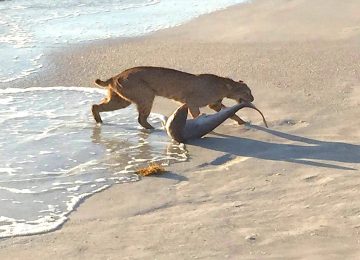
![Hogfish or Hog Snapper, Sanibel Fishing & Captiva Fishing, Sanibel Island, Sunday, December 10, 2017, [File Photo - Wednesday, February 8, 2017].](https://captivafishing.net/wp-content/uploads/wordpress-popular-posts/11558-featured-360x260.jpg)
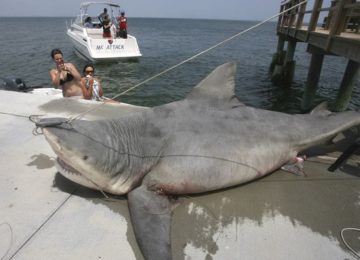
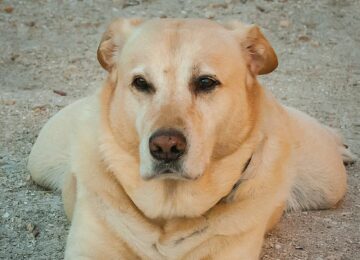
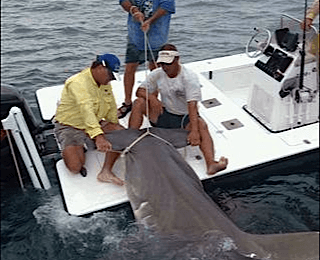
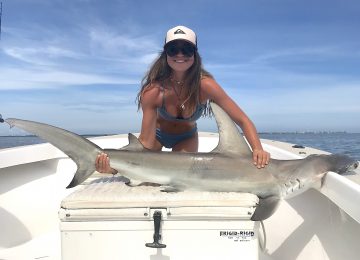
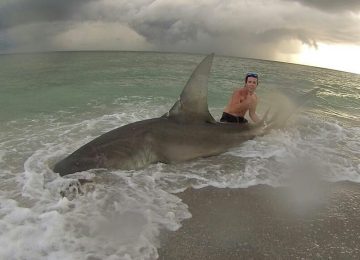
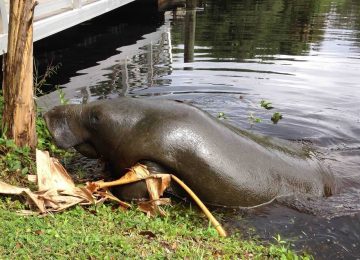
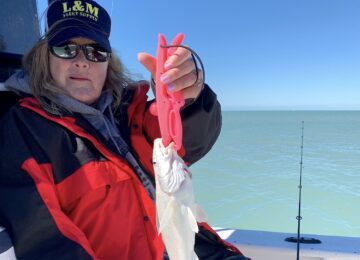
![Goliath grouper, Sanibel & Captiva Islands & Fort Myers Charters & Fishing Guide Service, Thursday, November 2, 2017, [August 16, 2012].](https://captivafishing.net/wp-content/uploads/wordpress-popular-posts/11711-featured-360x260.jpg)

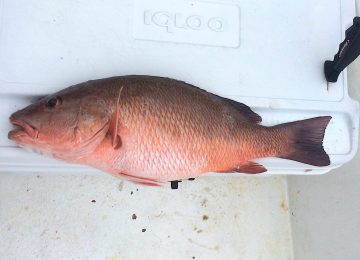
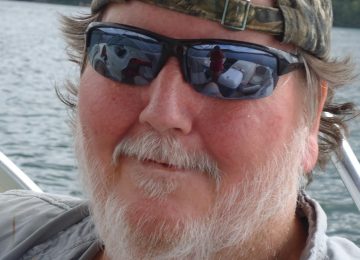
![Hogfish or Hog Snapper, Sanibel Fishing & Captiva Fishing, Sanibel Island, Sunday, December 10, 2017, [File Photo - Wednesday, February 8, 2017].](https://captivafishing.net/wp-content/uploads/wordpress-popular-posts/11143-featured-360x260.jpg)
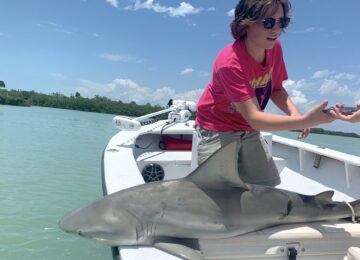
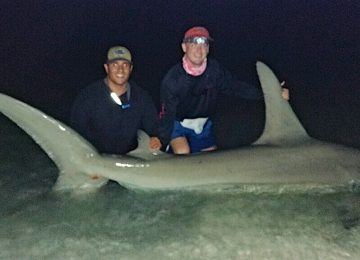
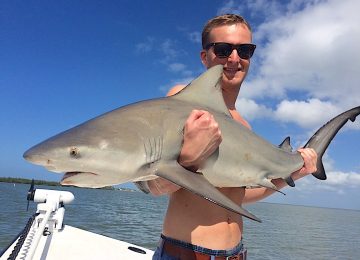
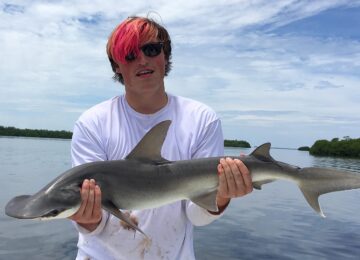
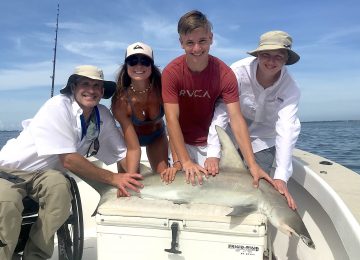
![Schoolmaster Snapper, Sanibel Fishing & Captiva Fishing, Sanibel Island, Thursday, January 11, 2018, [File Photo - Thursday, December 28, 2017].](https://captivafishing.net/wp-content/uploads/wordpress-popular-posts/13203-featured-360x260.jpg)
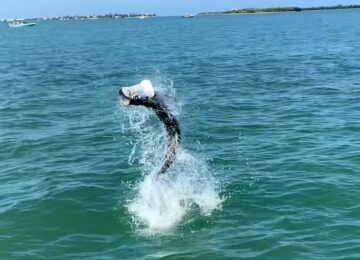
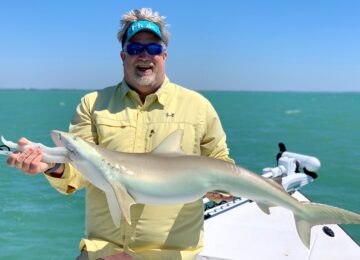
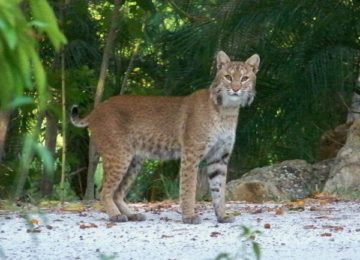
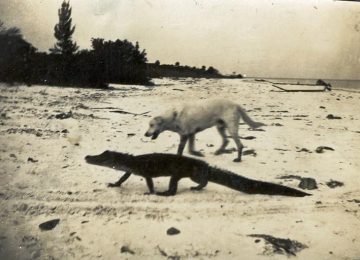
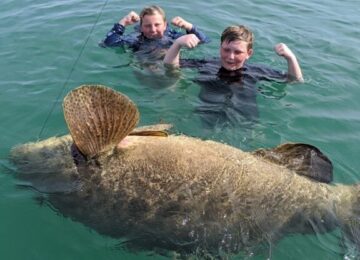
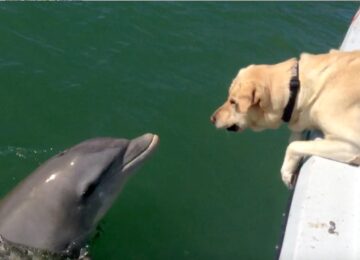















You must be logged in to post a comment.